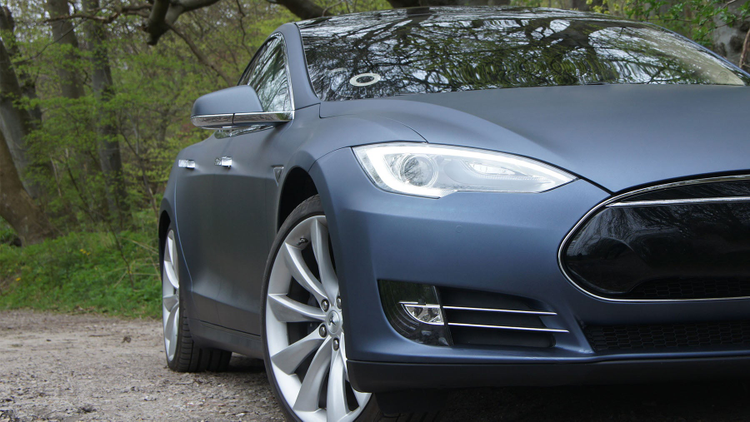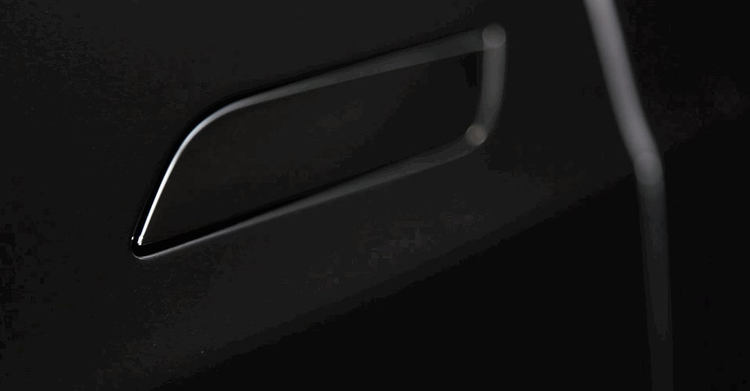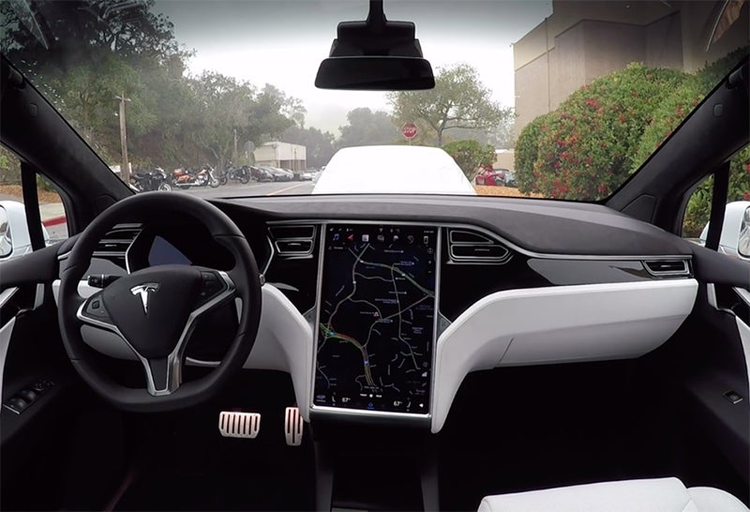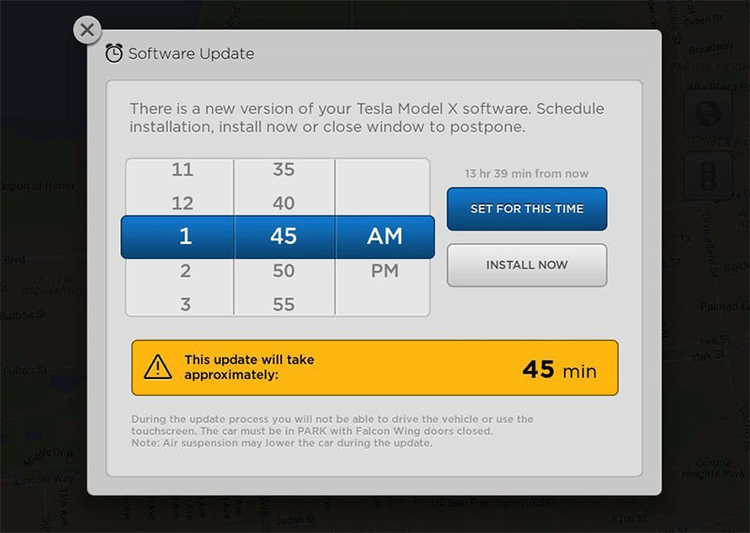The Next Level User Experience of Tesla’s Car Dashboard

With the release of the Model S in 2012, Tesla made an incredibly significant impact on the automotive industry. The Model S changed our perception of electrics vehicle, going from something that belongs exclusively in movies about the future to something that can actually be used in our daily life.The user experience of the Tesla Model S is vastly different from gas-powered vehicles and the differences go beyond the fact that the car’s motor is electric. While it’s possible to speak about many of the remarkable UX aspects of this car, for the purpose of this article I’ll focus on the Model S’s dashboard control experience.
First Impressions
When you approach a Tesla with a key fob in hand, you’ll notice that door handles extend automatically. This gentle and warm invitation creates a good first-impression even before you get inside the vehicle.

The car is automatically on when you get in, and as soon as you sit in the driver’s seat and you’ll immediately notice it: a centerpiece of the interior, a striking 17” LCD portrait-oriented touchscreen display. At first glance, it feels out of place. As drivers, we’re used to widescreen displays in modern cars, but Tesla’s console looks like an oversized tablet incorporated into the panel. This feeling goes away as soon as you start playing with it. The display controls most of the car’s functions, from opening the panoramic roof to customizing the automatic climate control and changing the radio station. The beauty of the interaction is that it all happens with a swipe or a touch.

Feature Discoverability
Discoverability, in the context of product and interface design, is the degree of ease with which the user can find all the elements and features of a new system when they first interact with it. In an attempt to understand new concepts, our brain subconsciously compares them to things it already knows. When you spend a few minutes interacting with Tesla’s basic controls and settings it becomes clear that Tesla’s Interface Design team didn’t try to reinvent the way we interact with car systems. They successfully married the familiar with the new. Take a look at climate control settings, for instance. It feels intuitive and most car owners will understand how to use it right from the start.

The Use Of Visual Metaphors
The Model S dashboard system is full of visual metaphors that make it easier for first-time users to understand how the interface works. One of my favorite examples is the sunroof control. When you open the Controls screen you can see a top-down view of the car that shows the current position of the sunroof. You can open the roof by swiping down on the toggle, and the moment you’ve changed its position you notice an animation on the screen that shows how sunroof is moving.
Personalization
Modern vehicles incorporate many aspects of personalization. One of the most well-known examples is memorized seat position. But Tesla moved further in this direction by making it possible to create a profile for each driver. A driver can customize the positioning of their seat, steering wheel, mirrors, suspension, braking, and many other features. The car profile also stores radio presets and phone preferences. This creates a unique feeling that the vehicle becomes an extension of a driver.

Design For Context
It can be said that good design is all about understanding the context of each user scenario and presenting the most relevant and useful options for that context. Tesla knows that and constantly tries to adapt to the context of use.One of the features designed for context of use is called HomeLink. It’s a programmable garage door or gate opener. Gate openers are a pretty standard feature for the car industry and a lot of vehicles incorporate them, but Tesla is a step ahead with this feature. Instead of just having a position 1, 2, 3 to open different gates or garage doors, you can create a HomeLink entry, give it a name, program your garage, and when you save it the car will automatically create a GPS fence for it. The next time you enter your home’s geo-location, you’ll see a menu item which enables you to open the garage.A similar feature exists for the air suspension system. After you’ve adjusted the air suspension a few times for the same geolocation (e.g. part of the roadway), the next time you’re in the same area Tesla will automatically ask you whether you like to adjust your air suspension.These seem like small details, but they become a pleasure to use over time. As Charles Eames once said: “The details are not the details. They make the design.”

Constantly Improving Interface
The real innovation of Tesla’s console design lies in its fluidity. While a vast majority of modern car dashboards are full of physical buttons that will never change, Tesla has a fully upgradeable dash. The design can be easily changed in software updates, which are pushed to vehicles. This is an incredible feature as a vehicle will continue to improve over the time. The potential for upgrades is only limited by the vehicle’s hardware.

Lack Of Tactility
Despite a lot of advantages, Tesla’s dashboard has one major downside–a lack of tactile input on the touchscreen display. A lot of drivers use haptic feedback to understand which button they are pressing. These tactile inputs make it easier to control the settings without taking your eyes off the road. Once a driver is familiar with the layout, muscle memory makes it easy to reach out to a button, change the setting, and feel an input. The lack of tactile input on Tesla’s display makes it next to impossible to do so without taking your eyes off the road, and this may lead to a potentially dangerous situation on the road. Fortunately, you won’t really need to interact with a display all that often while driving, since most of the things a driver needs to access are either available on the steering wheel or in the instrument cluster. The Model S also has voice control that is activated by a button on the steering wheel.

Conclusion
By any measure, the Tesla Model S is a truly remarkable automobile. Just like the first iPhone revolutionized the way we think about our mobile phones today, Tesla’s cars are revolutionizing the way we think about automobiles now and into the near future.